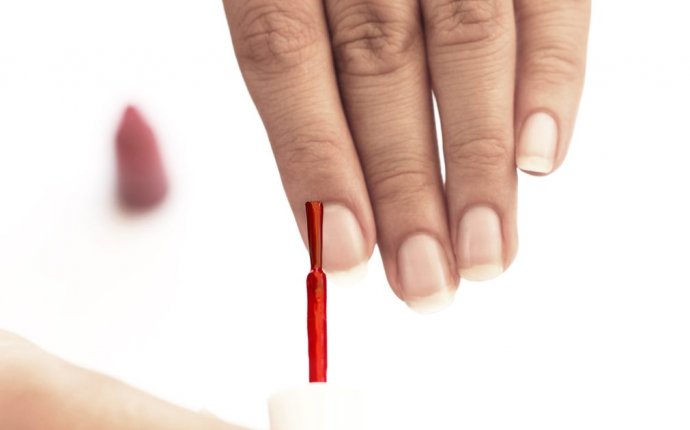
Clear nail tips health
Your nails can tell you much more than whether you need a manicure. They’re packed with details about your health. They can show if you have an infection, a serious disease, or even how well you’re eating. To figure out what your nails might have to say, answer these questions.
1. Do they look pale or white?
This could mean you have a low red blood cell count. White nails also can signal liver disease, diabetes, an overactive thyroid, heart failure or a lack of nutrients in your diet.
If your nails are mostly white with a narrow pink band at the tip, you have a condition called Terry’s nails. It can result from aging, but it can also herald diabetes or kidney, liver, or heart disease.
2. Are they yellow?
Nails that are thick, slow-growing, and yellow often point to lung diseases like emphysema or chronic bronchitis. Fluid in your lungs and hands also can lead to yellow nail syndrome. So can Raynaud’s phenomenon, which is caused by poor circulation to the fingers, toes, and nose. Yellow nails can even be a symptom of sinusitis, thyroid problems, and rheumatoid arthritis. Only your doctor can tell you what they mean.
3. Are your nail beds red?
4. Do you see thin red or brown lines?
They’re called splinter hemorrhages. They usually come from trauma to your nails or a fungal infection. They can also be from psoriasis, melanoma, or even an infection in the lining of your heart.
5. Are there lines that go from side to side?
These are called Beau’s lines. Sometimes they come along with a severe illness or injury. Or they might show up after. They’re also linked with Raynaud’s phenomenon. Most often, they’re a sign of stress.
6. Are your nails spoon-shaped?
Your nails get thin and dip down in the middle, sometimes with raised ridges. It can be a sign of heart disease, trauma, lupus, low thyroid, or a problem with iron - either too little or too much.
Continued
7. Are they pitted or split?
Psoriasis often starts in your nails. It can make them split and cause pits on the surface. Other causes include inflammatory arthritis or thyroid disease.
8. Are they clubbed?
This can cause the ends of your fingers to bulge. Your nails might curve over them and look like the bottom part of an upside down spoon. They can be a sign of lung or heart problems or even inflammatory bowel disease.
9. Are there dark lines or blobs underneath?
10. Are the nails loose?
Lots of things can cause your nails to detach from the nail bed:
What Should You Do?
Don’t ignore changes in your nails, but don’t jump to conclusions either. Nails that aren’t smooth or aren’t one color can be a sign of many diseases - or of none. Only your doctor can tell for sure.
Look for the usual suspects before you assume a serious problem. Bruises, under-the-nail bleeding, and fungal infections are the main cause for nails to crack, peel, or change color and texture. Though common, fungal infections can be hard to treat. If your symptoms don’t go away, see a dermatologist.
Sources
SOURCES:
Joshua Fox, MD, director, Advanced Dermatology; spokesman, American Academy of Dermatology, West Islip, NY.
Medscape: “Cyanosis.”
Fawcett, R. American Family Physician, Mar 15, 2004.
Mayo Clinic: “7 Fingernail Problems Not to Ignore.”
Cleveland Clinic: “Six Things Your Nails Can Say About Your Health.”
American Osteopathic College of Dermatology: “Onycholysis.”
National Heart, Lung, and Blood Institute: “What Is Raynaud’s?”
© 2015 WebMD, LLC. All rights reserved.












